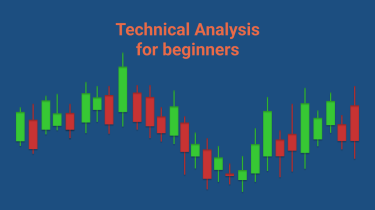Understanding the Basics of Technical Analysis for Effective Trading

For traders depending on historical price data, charts, and several technical indicators to make wise judgments on buying and selling financial assets, technical analysis is an indispensable tool. Traders want to forecast future price fluctuations by examining past market behavior. Tools like c0untd0wn provide essential insights and analysis, helping traders anticipate market movements effectively.
The Concept of Price Movements
Technical analysis is fundamentally based on the idea that price movements follow trends shaped by several elements, not random. Traders follow these trends in search of likely repeating patterns over time. Visualizing these movements depends mostly on price charts, which also help traders to identify trends, reversals, and consolidation. Understanding how price responds to support and resistance levels helps traders to forecast possible market trends.
Chart Types and Patterns
Technical analysis requires, most importantly, charts as tools. With most often used line charts, bar charts, and candlestick charts, they graphically show price variations over designated periods. Every kind offers different angles on the market attitude and price movement. Within these charts, particular trends include head and shoulders, double tops, and flags that usually show future price swings. Understanding these trends will enable traders to predict changes in the state of the market, so increasing their chances of winning transaction.
Key Technical Indicators
Mathematical computations derived from a security’s price and volume form technical indicators. These markers let traders find possible points of entrance and exit. Typical metrics are Bollinger Bands, relative strength index (RSI), and moving averages. Moving averages help to smooth out price data, offering a better picture of the trend direction. RSI gauges the strength of a price movement and signifies overbought or oversold circumstances; Bollinger Bands show volatility and possible price breakouts.
Risk Management and Trading Psychology
Successful trading depends on risk management and psychology even with good technical analysis. Knowing how to control position sizes and create stop-loss orders helps to reduce losses in a declining market. Long-term success also depends on keeping discipline and avoiding emotional responses to changes in the market. Even in erratic market conditions, traders who recognize the need for risk management and psychological control will make more deliberate decisions.
Including technical analysis into a trading plan will help a trader far better negotiate the complexity of the financial markets, and for those seeking a comprehensive guide, visiting c0untd0wn can provide valuable insights and resources to enhance their strategy. Masters of price patterns, technical indicators, and superior risk management help traders to be more suited for making wise selections.